Home>Renovation & DIY>Tools & Equipment>What Grit Sandpaper For Hardwood Floors
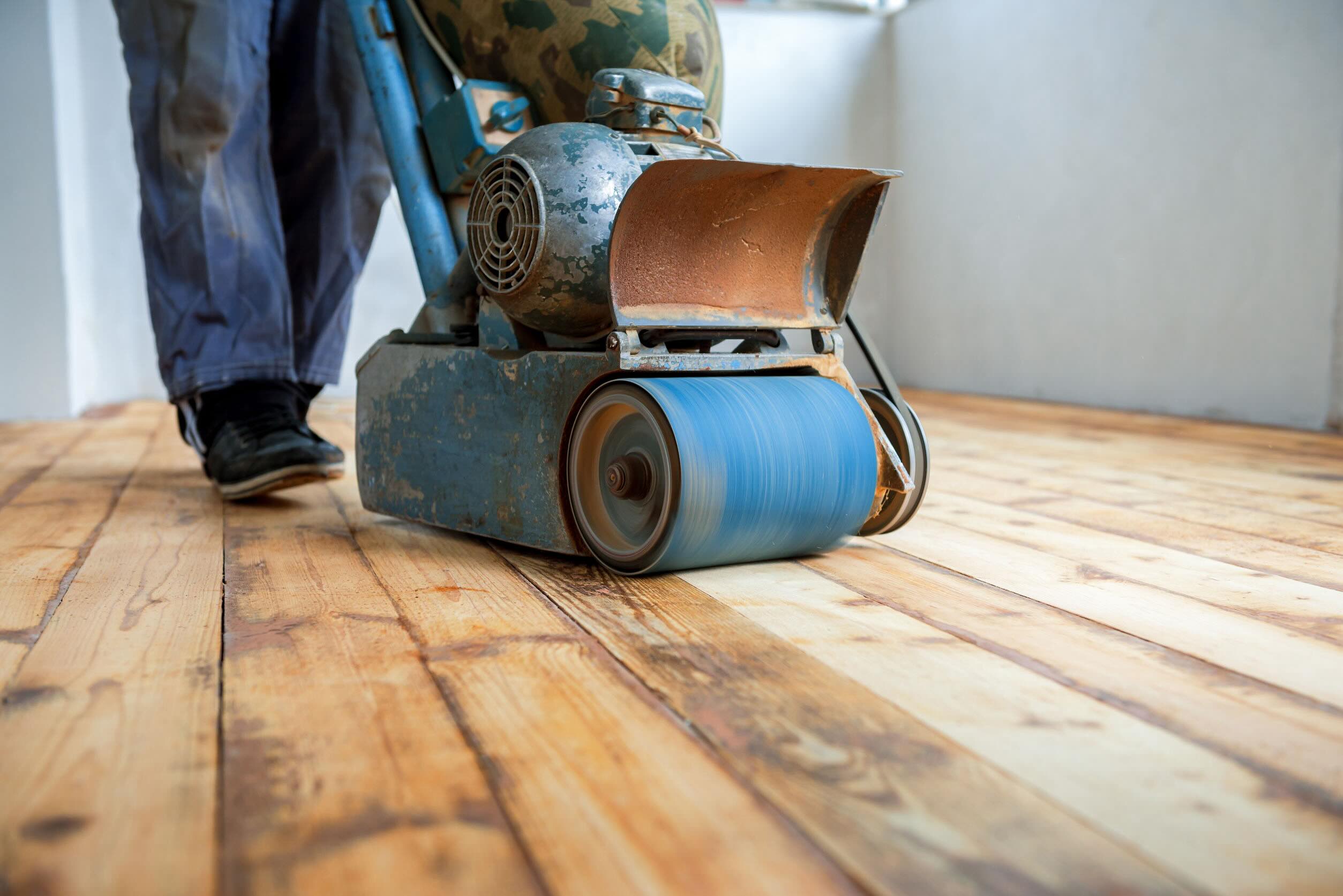

Tools & Equipment
What Grit Sandpaper For Hardwood Floors
Published: December 20, 2023
Discover the best grit sandpaper for hardwood floors with our comprehensive guide. Find the right tools and equipment for your flooring project.
(Many of the links in this article redirect to a specific reviewed product. Your purchase of these products through affiliate links helps to generate commission for Storables.com, at no extra cost. Learn more)
Introduction
Welcome to the world of hardwood floors! Whether you're a seasoned DIY enthusiast or a homeowner looking to revamp your living space, understanding the intricacies of sanding hardwood floors is crucial for achieving a flawless finish. One of the key components in this process is grit sandpaper, which plays a pivotal role in preparing, refining, and perfecting the surface of your hardwood floors.
In this comprehensive guide, we'll delve into the realm of grit sandpaper for hardwood floors, equipping you with the knowledge and insights needed to make informed decisions throughout your sanding journey. From unraveling the nuances of grit sandpaper to deciphering the optimal grit for your specific hardwood flooring, we'll cover it all.
So, fasten your tool belt, grab your sandpaper, and let's embark on a transformative adventure into the art of sanding hardwood floors. Whether you're aiming to restore the timeless allure of vintage oak planks or seeking to breathe new life into modern maple flooring, understanding the role of grit sandpaper is the first step toward achieving remarkable results. Let's dive in!
Key Takeaways:
- Choose the right grit sandpaper based on hardwood condition and type for a successful sanding journey. Coarser grits remove imperfections, while finer grits prepare for staining and sealing.
- Follow tips like workspace preparation and progressive grit sequencing for a seamless sanding experience. Attention to detail and dust management ensure impeccable, refined hardwood floors.
Read more: What Grit Sandpaper For Varnish
Understanding Grit Sandpaper
Before we delve into the specifics of sanding hardwood floors, it’s essential to comprehend the significance of grit sandpaper. Grit refers to the coarseness or fineness of the abrasive particles embedded on the sandpaper’s surface. These abrasive particles, commonly made of aluminum oxide or silicon carbide, are distributed across the sandpaper in a precise manner to facilitate the sanding process.
Grit is denoted by a numerical value, typically ranging from 24 (extremely coarse) to 3000 (extra fine). The lower the grit number, the coarser the sandpaper, and vice versa. Coarse grit sandpaper is adept at removing old finishes, paint, or deep scratches from hardwood floors, while fine grit sandpaper excels in smoothing and refining the surface, preparing it for staining or sealing.
Understanding the characteristics of different grits is instrumental in achieving the desired outcome during the sanding process. Coarse grits, such as 24 to 60, are ideal for the initial stages of sanding, as they efficiently eliminate imperfections and stubborn blemishes from the hardwood surface. As the sanding progresses, transitioning to medium grits, typically ranging from 80 to 120, facilitates the removal of finer scratches and evens out irregularities.
When the surface is relatively smooth and free of prominent flaws, progressing to finer grits, including 150 to 220, yields a polished and uniform finish. These finer grits prepare the hardwood floors for the application of stains and sealants, ensuring optimal adhesion and a lustrous final appearance.
Moreover, understanding the interplay between grit sandpaper and the type of hardwood is imperative. Softer woods, such as pine or fir, necessitate the use of finer grits to prevent excessive abrasion, while harder woods like oak or maple can withstand the application of coarser grits during initial sanding stages.
By grasping the nuances of grit sandpaper and its role in the sanding process, you’ll be better equipped to navigate the intricacies of hardwood floor restoration and refinishing. The next step involves deciphering the optimal grit sandpaper for your specific hardwood floors, a crucial determinant of the sanding journey’s success.
Choosing the Right Grit Sandpaper for Hardwood Floors
When it comes to revitalizing your hardwood floors, selecting the appropriate grit sandpaper is a pivotal decision that significantly influences the outcome of your sanding endeavors. The process of choosing the right grit sandpaper entails a thoughtful assessment of the hardwood’s condition, the nature of imperfections present, and the desired level of refinement.
For hardwood floors marred by deep gouges, stubborn adhesives, or multiple layers of old finish, commencing the sanding process with coarse grit sandpaper is paramount. Grits in the range of 24 to 60 are adept at swiftly eliminating these persistent imperfections, preparing the surface for subsequent sanding stages. The coarse grit effectively levels the playing field, eradicating the most prominent flaws and unevenness.
As the sanding progresses, transitioning to medium grit sandpaper, typically within the range of 80 to 120, facilitates the removal of finer scratches and irregularities, further refining the hardwood surface. This stage is instrumental in achieving a uniform and smooth foundation, setting the stage for the application of finer grits.
When the hardwood floors are relatively smooth and free of substantial imperfections, progressing to finer grits, such as 150 to 220, is essential for refining the surface to a polished state. These finer grits play a crucial role in preparing the hardwood for staining or sealing, ensuring that the subsequent finishes adhere seamlessly and yield a lustrous, professional appearance.
It’s important to note that the selection of grit sandpaper should also align with the type of hardwood being refinished. Softer woods, like pine or fir, necessitate the use of finer grits to prevent excessive abrasion and preserve the integrity of the delicate wood fibers. Conversely, harder woods such as oak or maple can withstand the application of coarser grits during the initial sanding stages, effectively addressing any prevalent imperfections.
Ultimately, the choice of grit sandpaper is a nuanced decision that hinges on a thorough evaluation of the hardwood’s condition, the extent of imperfections, and the desired level of refinement. By carefully considering these factors and selecting grits that correspond to the specific needs of your hardwood floors, you pave the way for a successful and visually stunning sanding journey.
When sanding hardwood floors, start with 36-40 grit sandpaper for heavy sanding, then move to 60-80 grit for smoothing, and finish with 100-120 grit for a fine finish.
Sanding Hardwood Floors: Tips and Techniques
Embarking on the journey of sanding hardwood floors demands a blend of precision, patience, and strategic execution. To ensure a seamless and gratifying sanding experience, it’s essential to familiarize yourself with a repertoire of tips and techniques that optimize the process and elevate the end result.
- Prepare the Workspace: Before commencing the sanding process, it’s imperative to clear the space of all furnishings, draperies, and decor items. This creates an unobstructed work environment and prevents the accumulation of dust and debris on your belongings.
- Inspect and Repair: Thoroughly inspect the hardwood floors for protruding nails, loose boards, or gaps between planks. Addressing these issues prior to sanding mitigates the risk of damage to the sanding equipment and ensures a uniform sanding surface.
- Progressive Grit Sequencing: Adhere to a progressive grit sequencing, commencing with coarse grit sandpaper and gradually transitioning to finer grits. This methodical approach ensures that each sanding stage seamlessly refines the surface, culminating in a polished finish.
- Cross-Grain Sanding: When using a drum or belt sander, sanding in the direction of the wood grain is paramount to prevent unsightly scratches and uneven sanding patterns. Additionally, employing an orbital sander for the edges and corners ensures comprehensive coverage.
- Dust Management: Implement robust dust management measures to minimize airborne particles. Utilize a high-quality vacuum equipped with a fine dust filter and periodically change the filter to maintain optimal suction and dust containment.
- Intermediate Inspection: Periodically inspect the sanded surface under adequate lighting to identify any lingering imperfections or uneven areas. Address these discrepancies promptly to maintain a uniform and refined appearance.
- Final Sanding Pass: Prior to applying stains or sealants, execute a final sanding pass with fine grit sandpaper to achieve a flawlessly smooth surface. This meticulous step sets the stage for the application of finishes and ensures impeccable end results.
- Post-Sanding Cleanup: Following the sanding process, perform a comprehensive cleanup to eliminate residual dust and debris. This paves the way for the subsequent stages of staining, sealing, and ultimately, reveling in the resplendence of your newly revitalized hardwood floors.
By integrating these tips and techniques into your hardwood floor sanding endeavors, you not only streamline the process but also elevate the overall quality of the results. From meticulous preparatory measures to methodical sanding sequences, each facet of the sanding journey contributes to the realization of impeccably refined and resplendent hardwood floors.
Conclusion
As we draw the curtain on our exploration of grit sandpaper for hardwood floors, it’s evident that the art of sanding encompasses a symphony of precision, technique, and finesse. Grit sandpaper, with its diverse range of coarseness and abrasiveness, serves as the linchpin in the process of restoring and refining hardwood floors, playing a pivotal role in the transformation of worn, lackluster surfaces into resplendent expanses of timeless allure.
By understanding the nuances of grit sandpaper and its interplay with the specific needs of hardwood floors, you empower yourself to embark on a transformative journey of restoration and refinement. From the initial stages of coarse grit sanding, where stubborn imperfections are vanquished, to the meticulous application of fine grits, preparing the surface for the final flourish of stains and sealants, each facet of the sanding process contributes to the realization of impeccably revitalized hardwood floors.
The selection of the right grit sandpaper, aligned with the condition and type of hardwood, sets the stage for a seamless and gratifying sanding experience. Coupled with a repertoire of tips and techniques that optimize the sanding process, you are poised to orchestrate a symphony of precision, patience, and strategic execution, culminating in the resplendent transformation of your hardwood floors.
As you navigate the realm of hardwood floor restoration and refinement, may the knowledge gleaned from this guide serve as a compass, guiding you toward a harmonious amalgamation of artistry and craftsmanship. Whether you’re revitalizing the rustic charm of antique oak or accentuating the contemporary elegance of maple, your understanding of grit sandpaper and its role in the sanding process is the cornerstone of a transformative journey into the timeless allure of hardwood floors.
So, with sandpaper in hand and unwavering determination in heart, step into the realm of hardwood floor restoration, where each stroke of the sandpaper weaves a narrative of renewal, refinement, and the enduring beauty of hardwood floors.
Frequently Asked Questions about What Grit Sandpaper For Hardwood Floors
Was this page helpful?
At Storables.com, we guarantee accurate and reliable information. Our content, validated by Expert Board Contributors, is crafted following stringent Editorial Policies. We're committed to providing you with well-researched, expert-backed insights for all your informational needs.


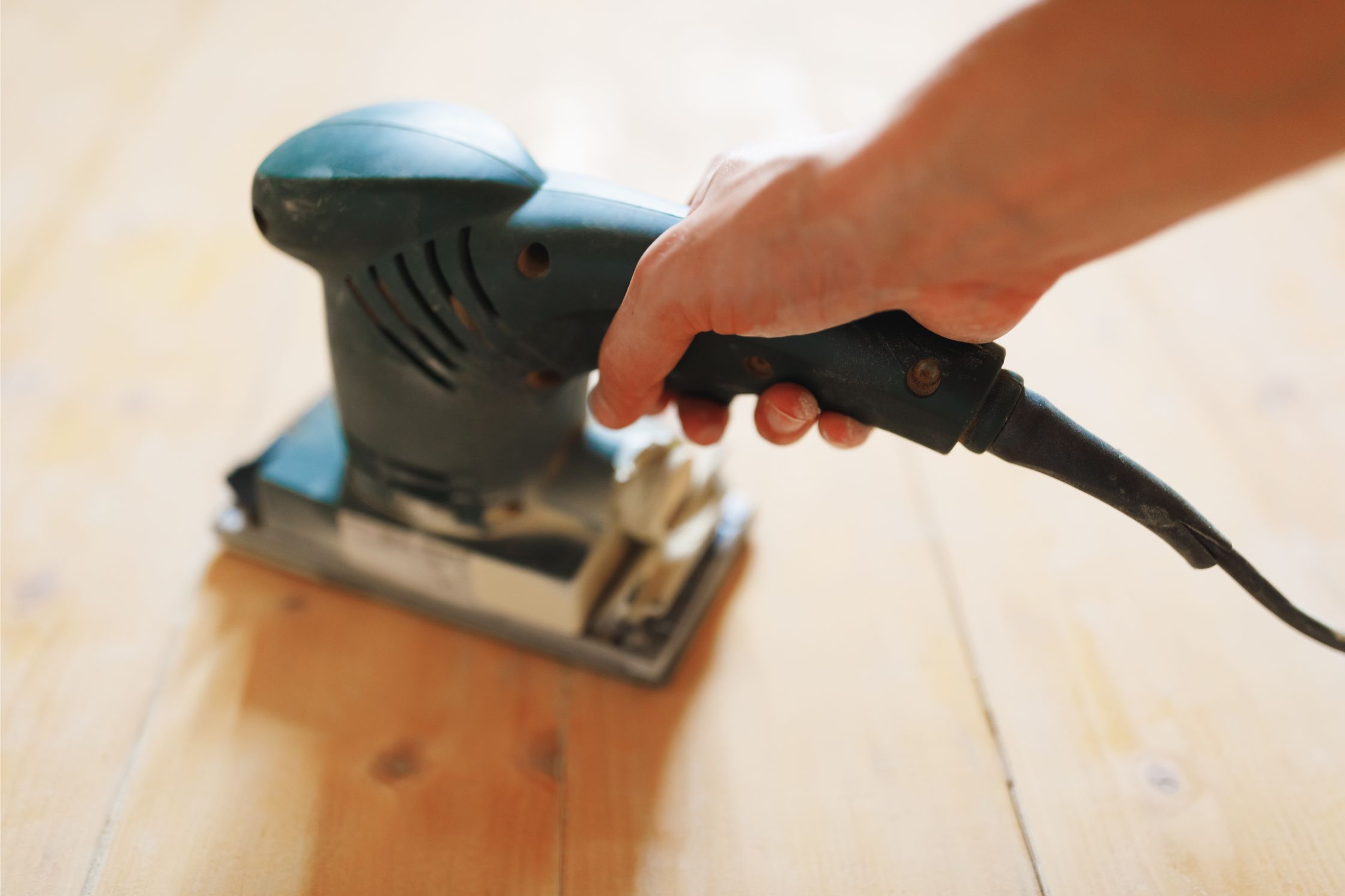
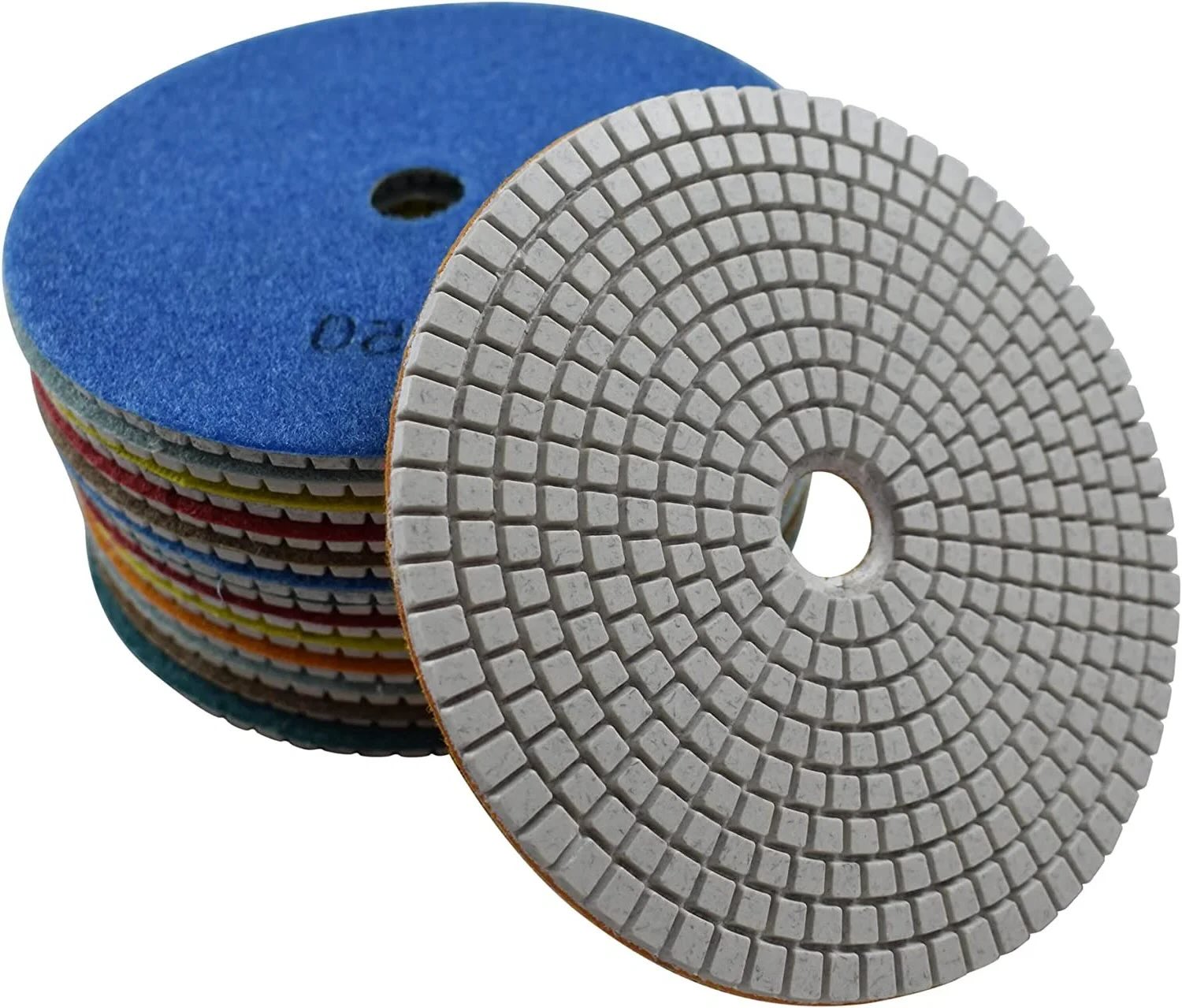

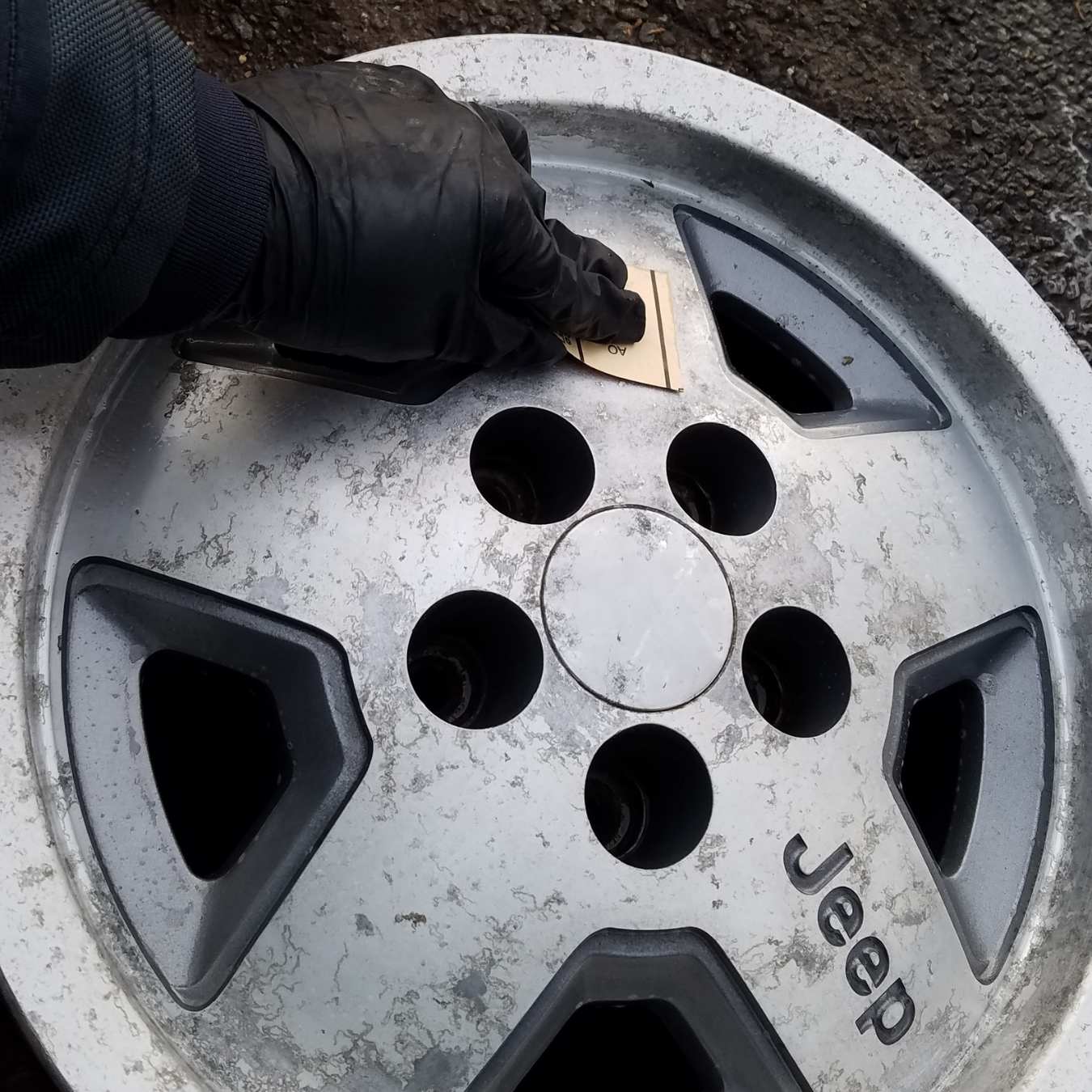
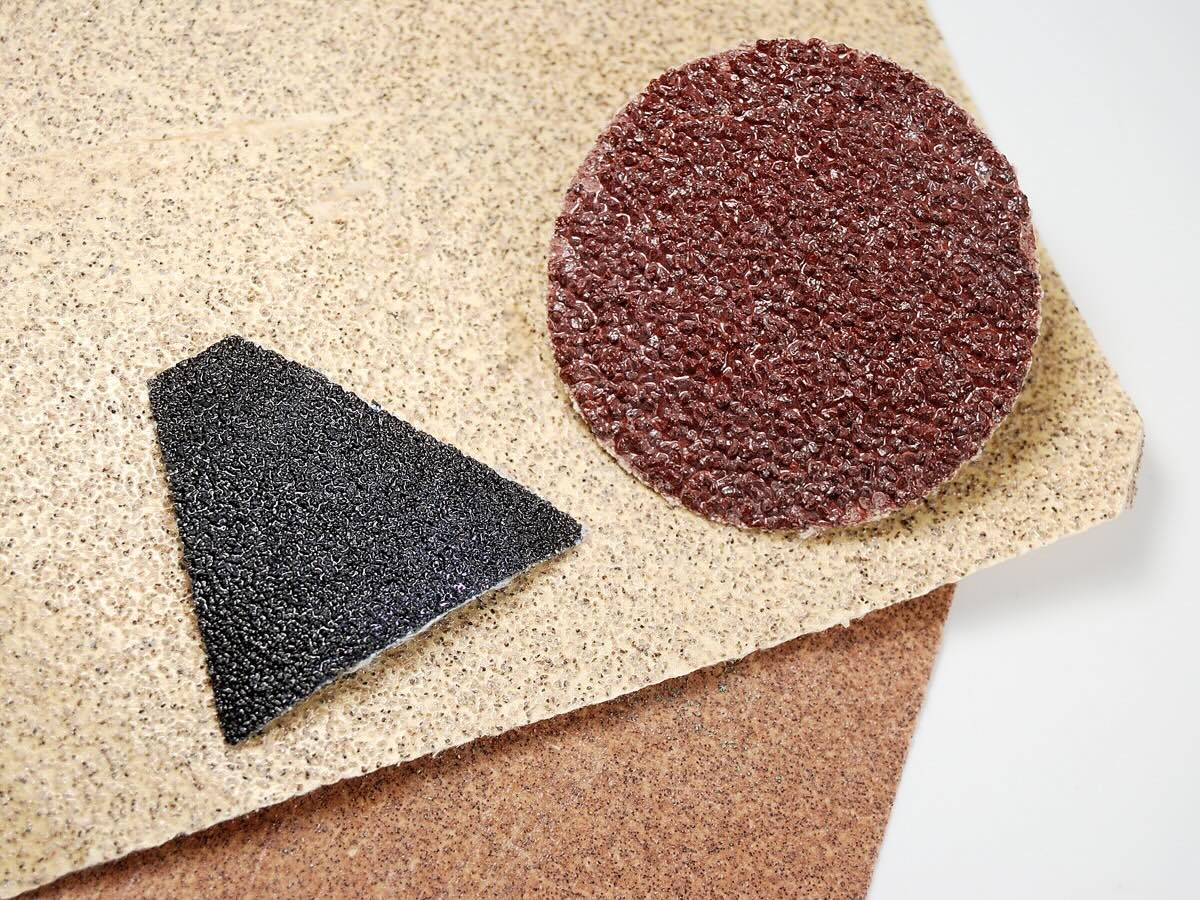
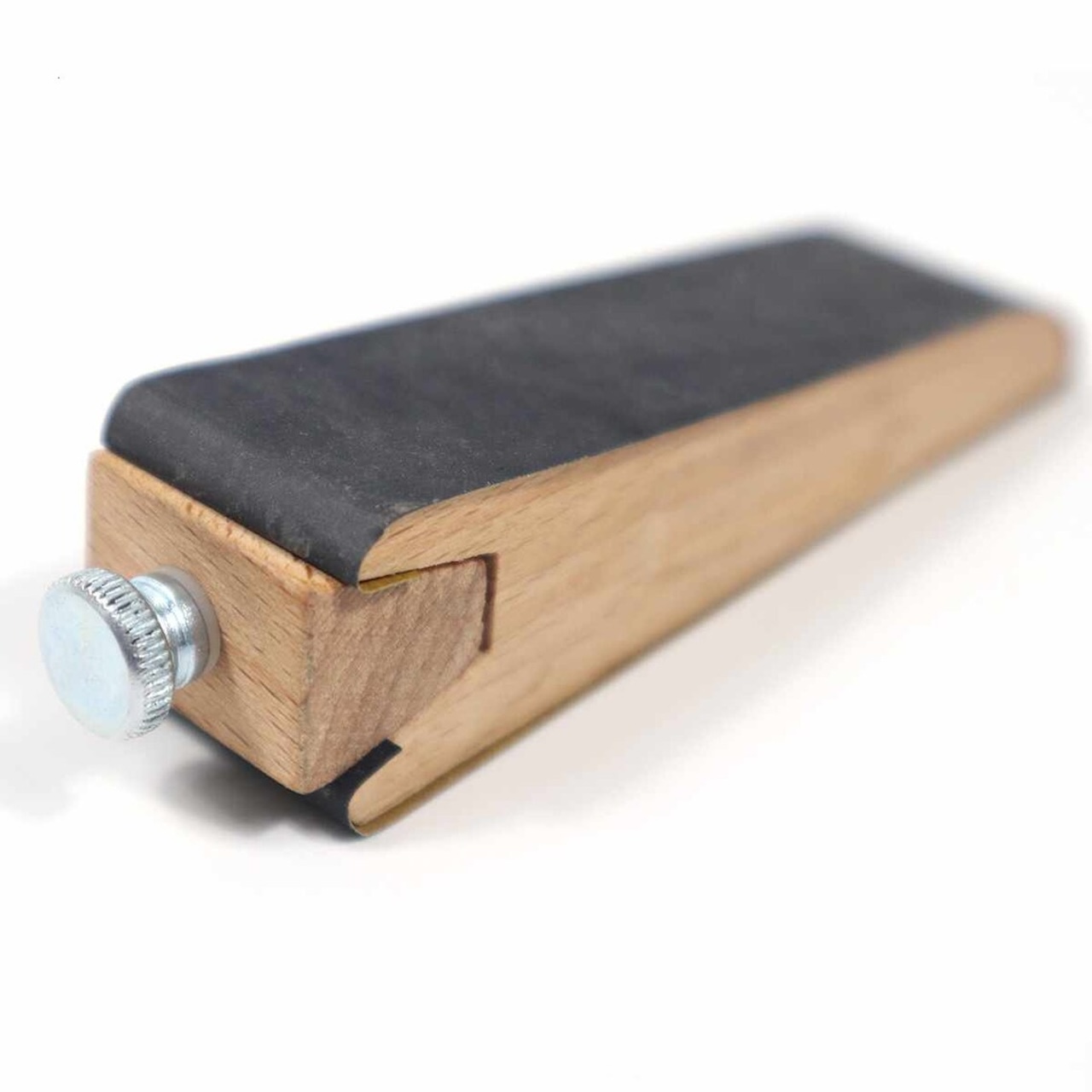
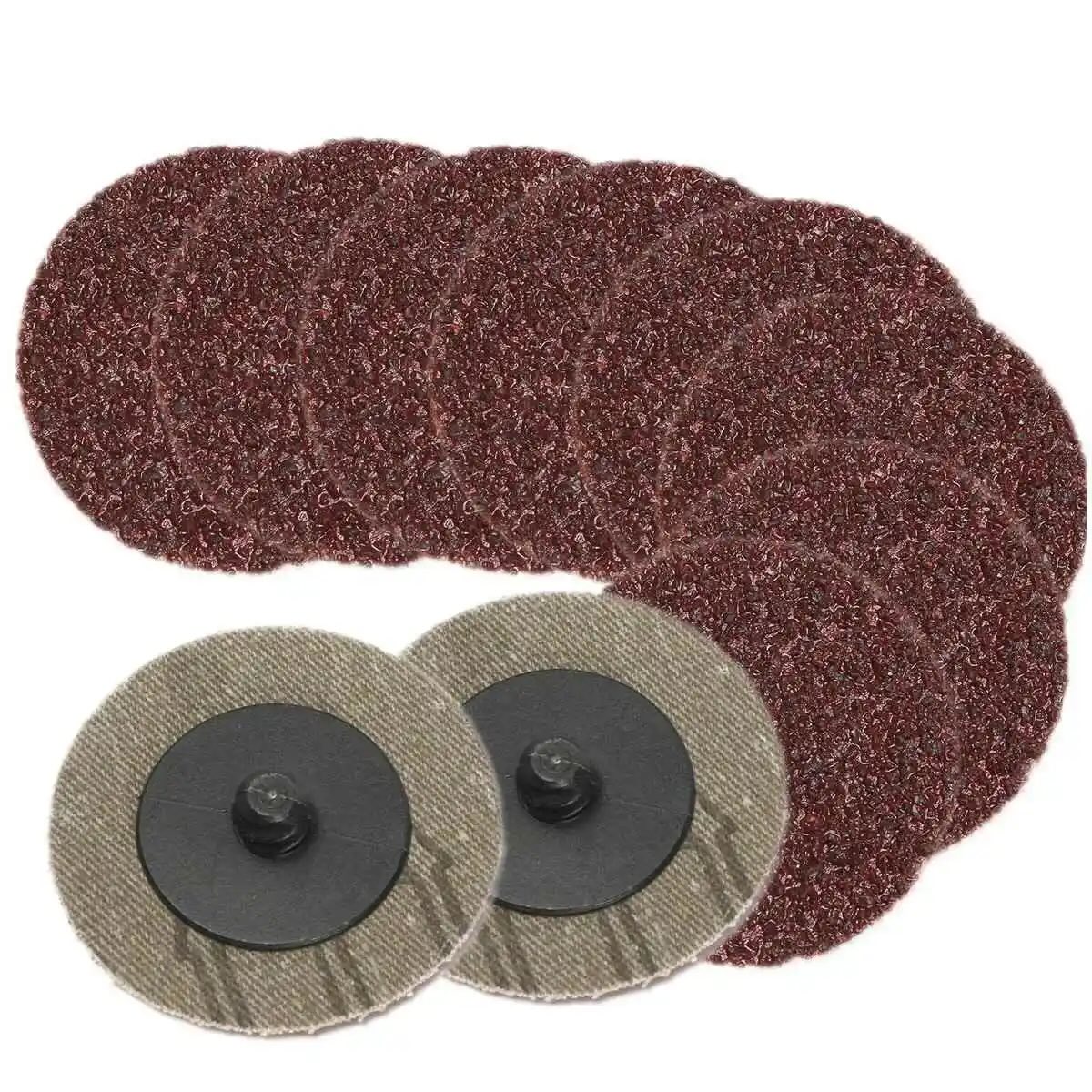
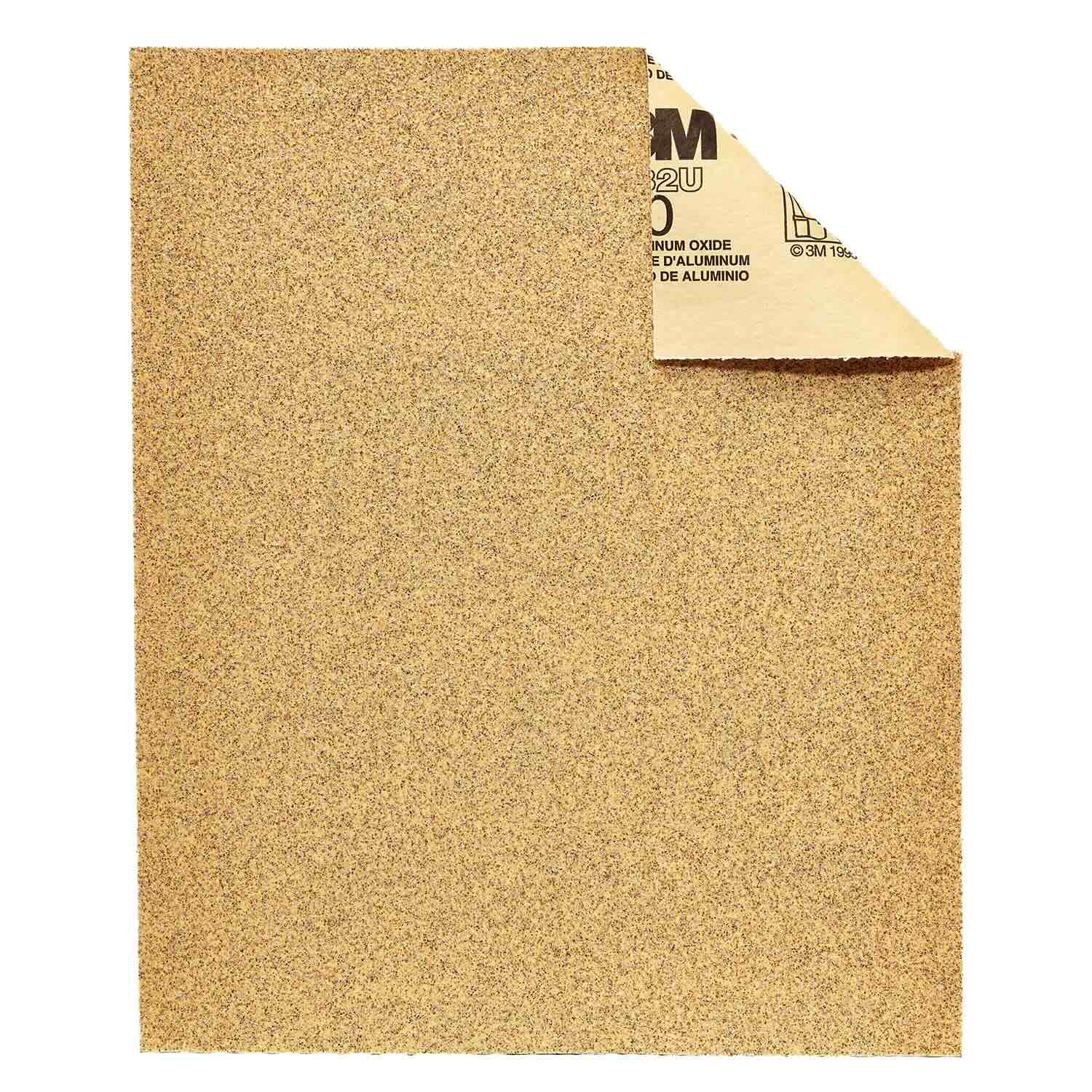
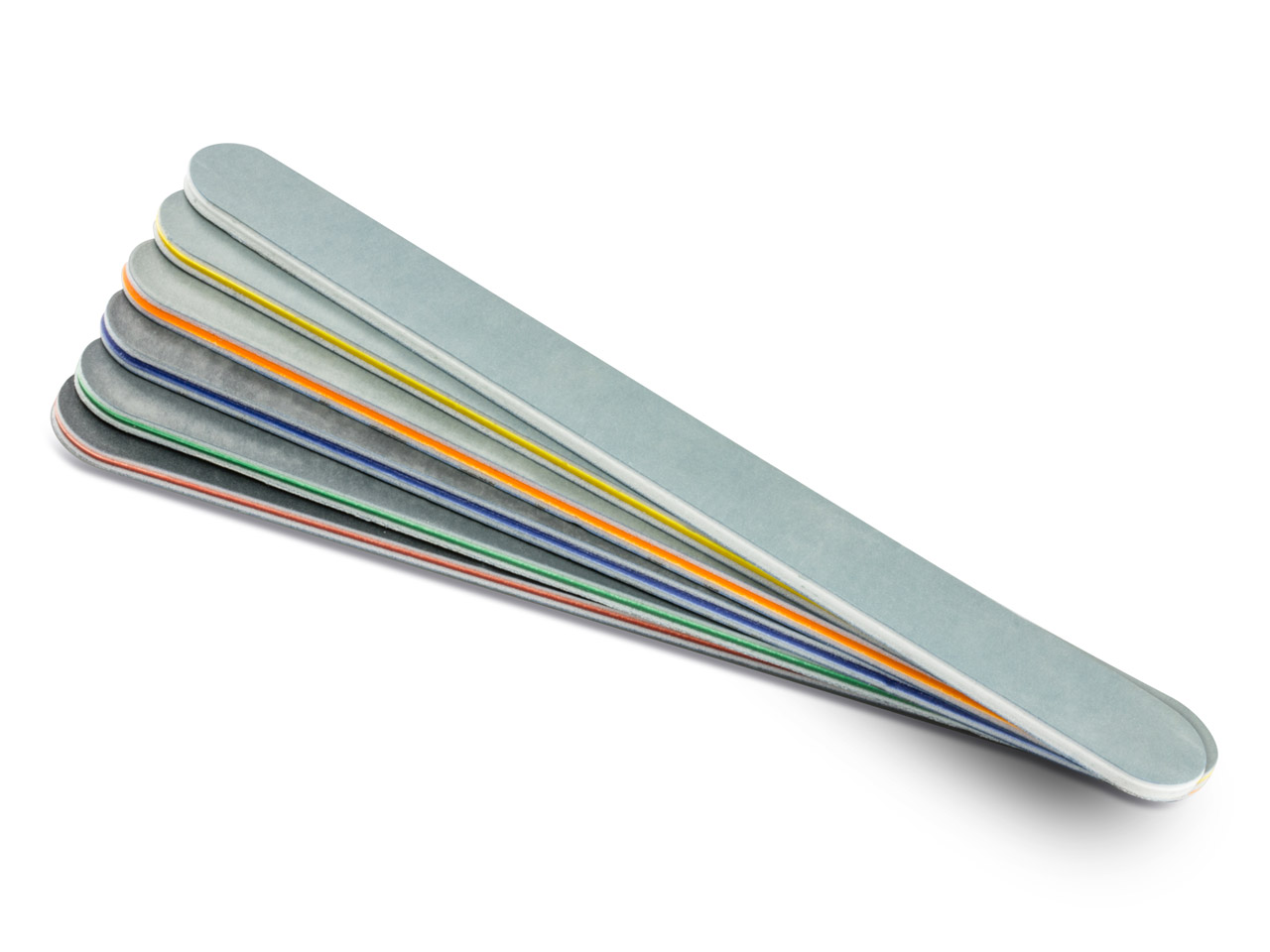
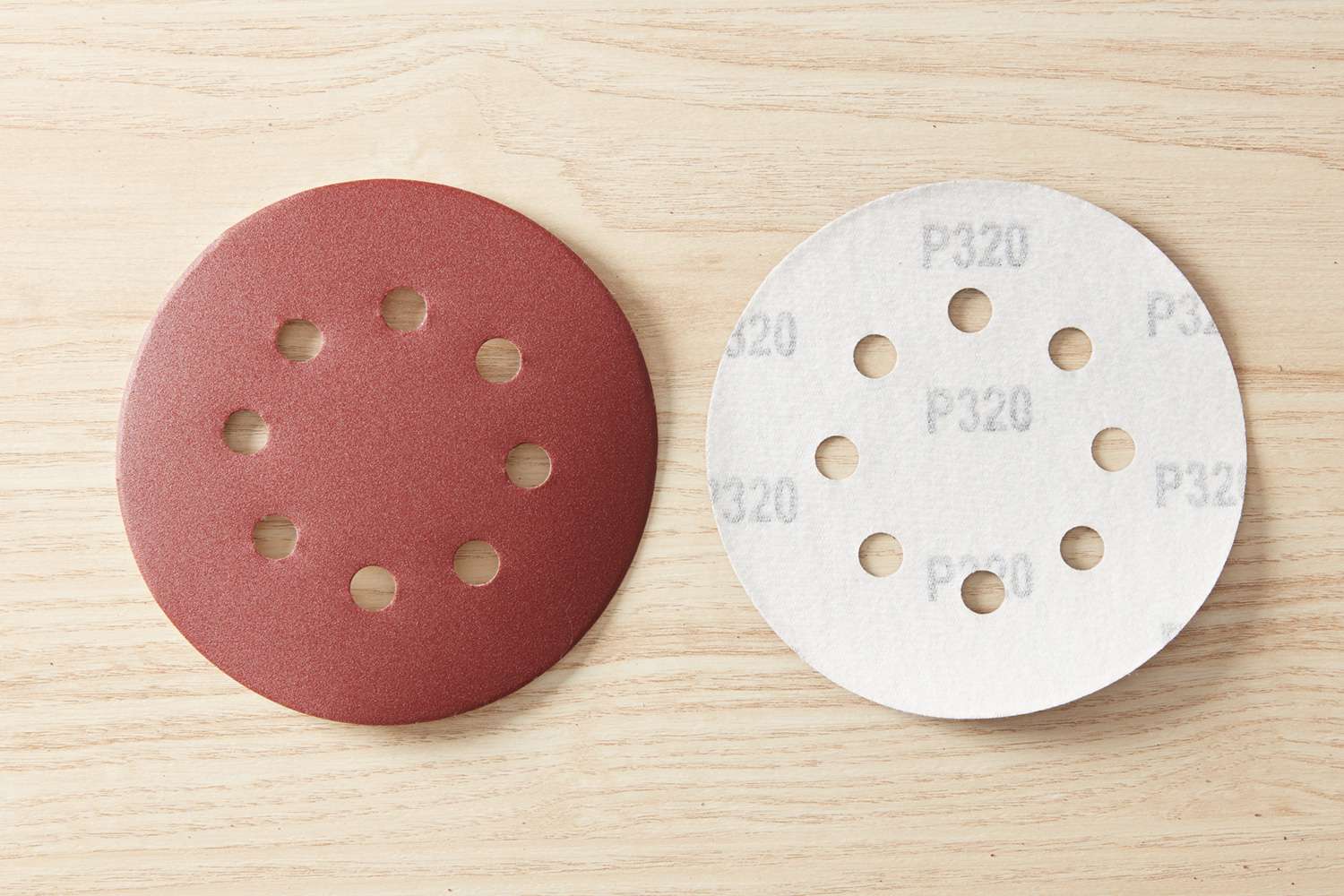
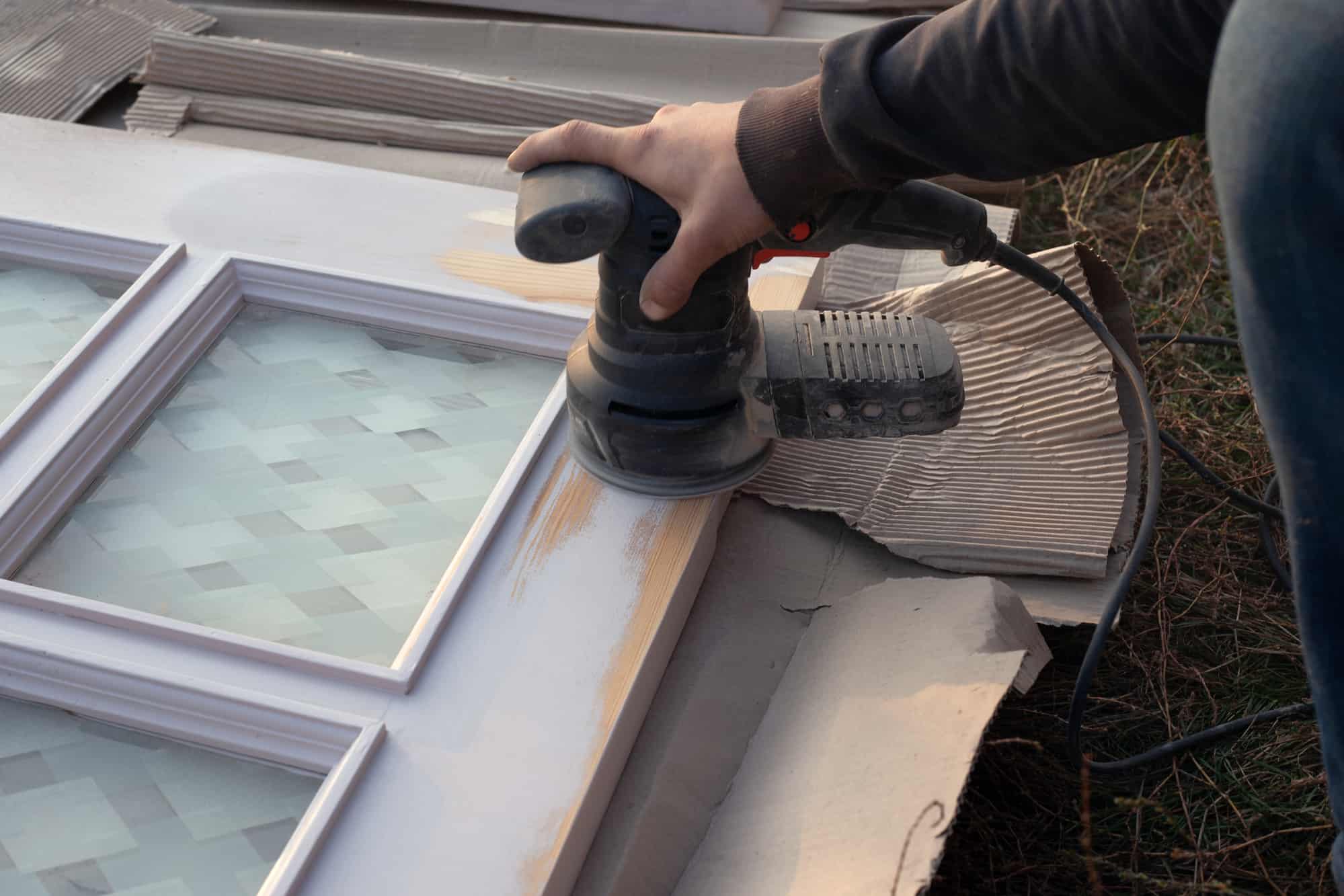
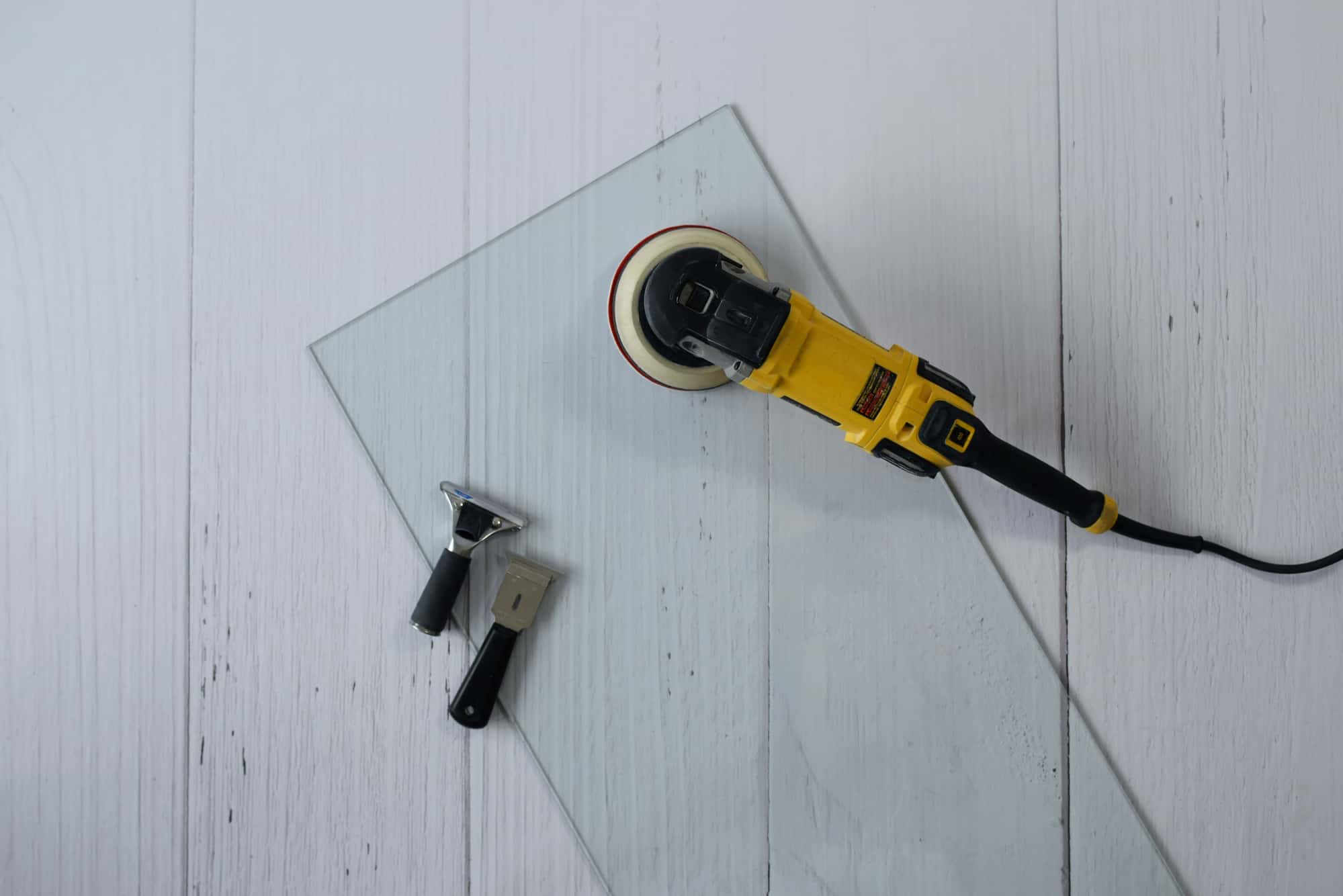
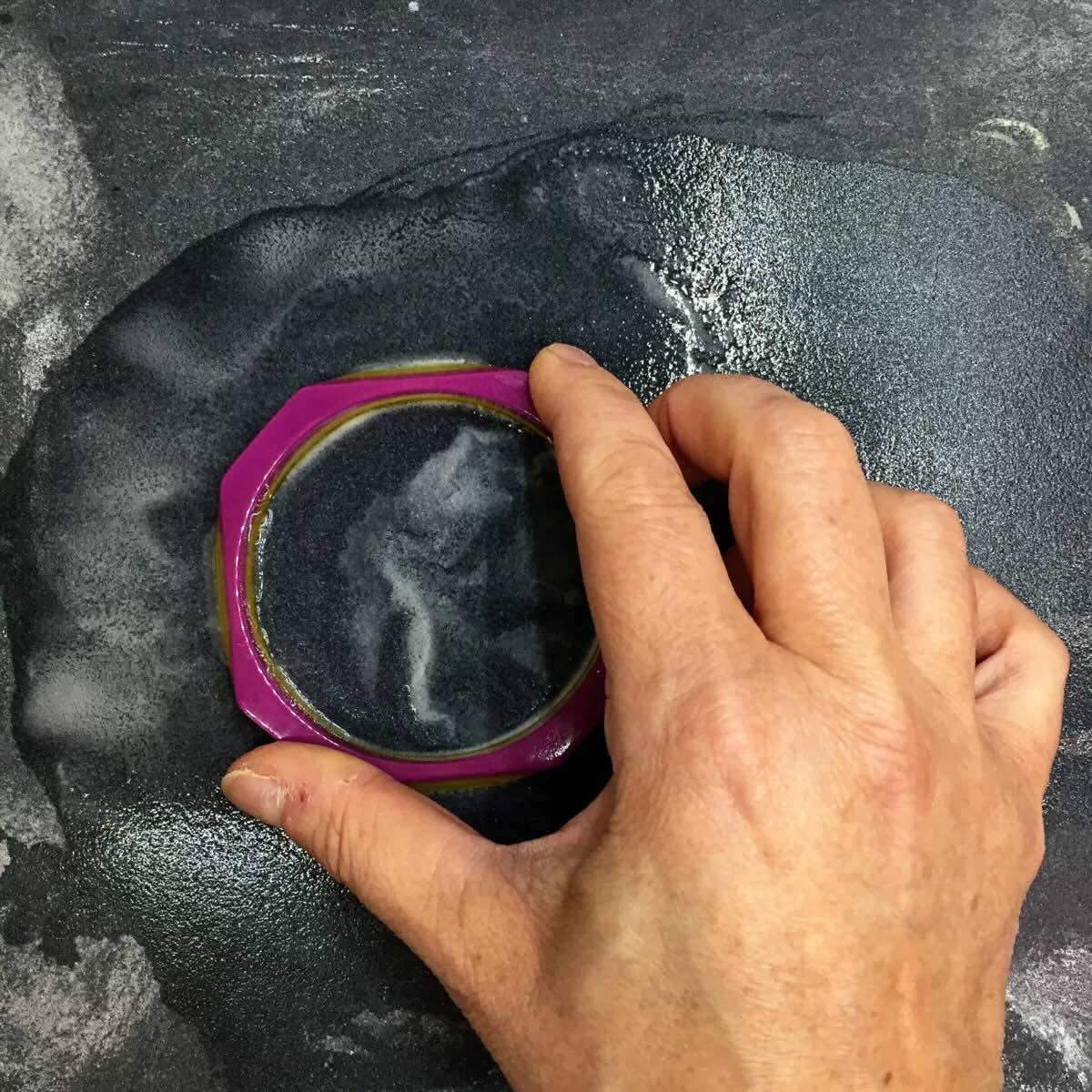

0 thoughts on “What Grit Sandpaper For Hardwood Floors”